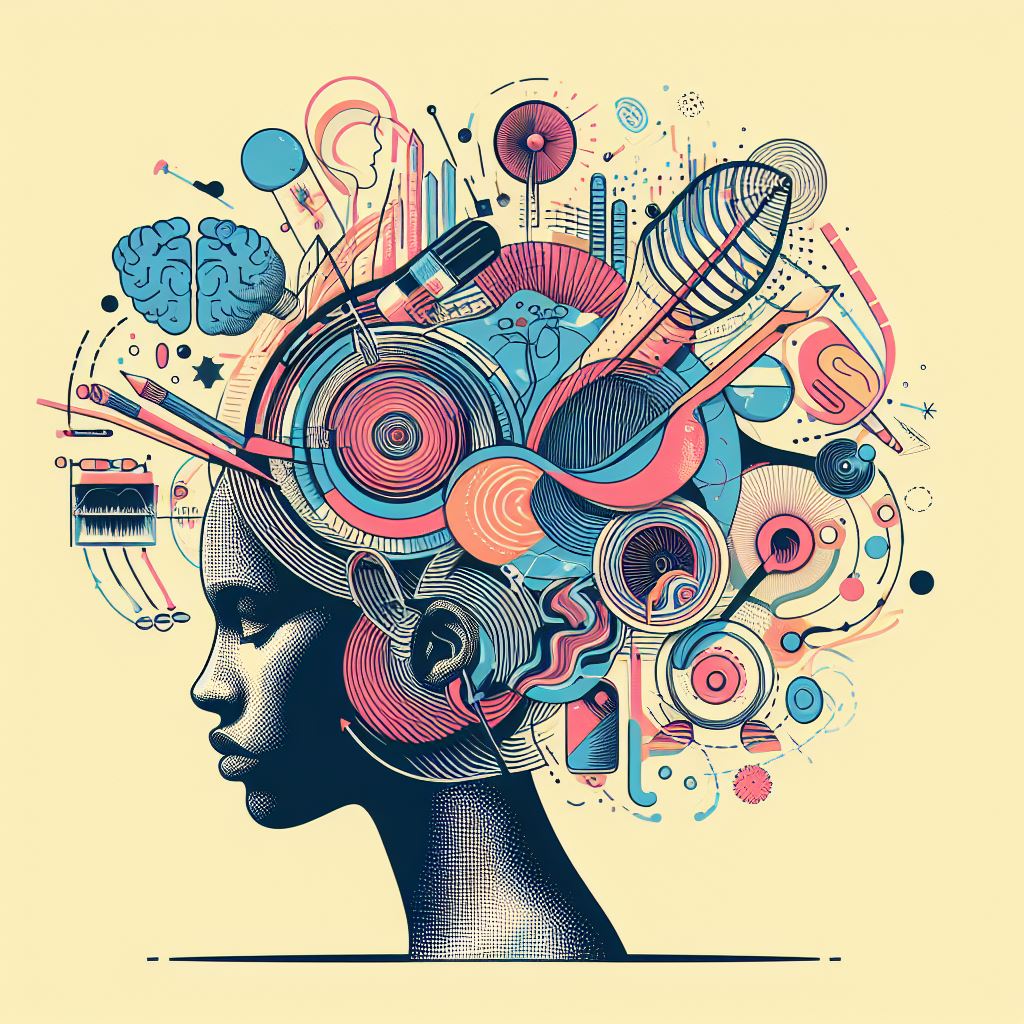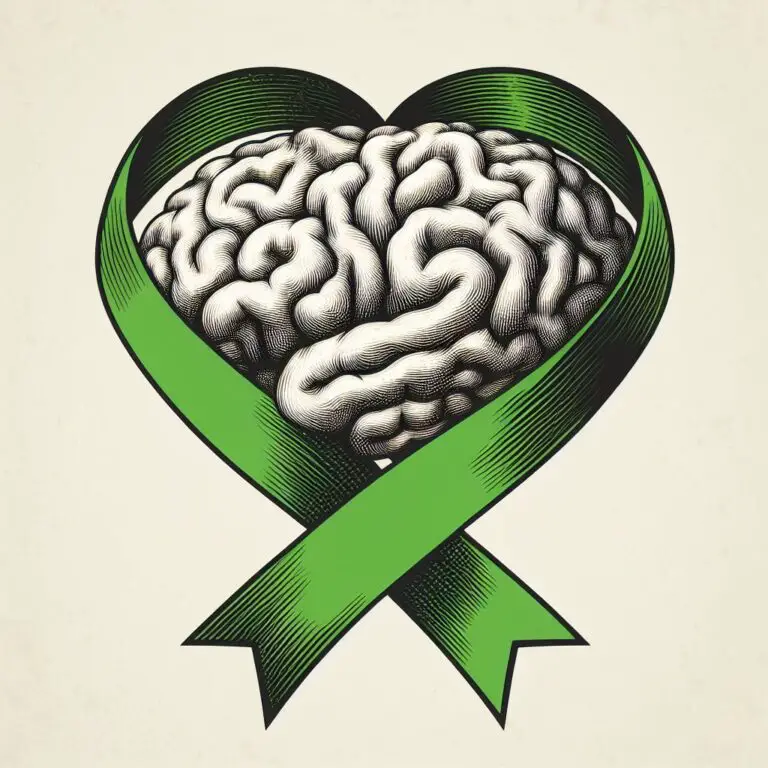Can you believe that Younger People Are Suffering from Strokes?
It Turns Out That Up to 90 Percent of Cases Can Be Avoided.
We Examine What Specialists Say About Early Stroke Symptoms and Preventive Measures That We Can Implement Right Now in Our Lives.
This Way, We Can Save Our Lives.
Introduction
Stroke is a formidable adversary, and its impact can be life-altering.
But here’s the good news
A significant number of strokes are preventable.
While some risk factors like age and genetics are beyond our control, the power to reduce our risk of stroke largely rests in our hands.
By quitting bad habits and adopting a healthy lifestyle, you can take proactive steps to safeguard your well-being.
Let’s explore why making these changes is vital for stroke prevention.
A couple of facts
- It’s not true that stroke only affects older people.
The average age of patients is 70-72 years, but an increasing number of cases are also appearing in the young adult group. - French researchers have estimated how much we should sleep each night to reduce the risk of stroke.
It turns out that our habits and lifestyle play a significant role in our health.
Stroke Knows No Age
Stroke is mistakenly associated with a condition that can only affect people in the autumn of their lives.
However, experts warn: There is no age at which you can experience a stroke.
The average age is around 70-72 years, but 25 percent of strokes occur in individuals under the age of 60, including many young adults,'” comments Prof. Charlotte Cordonnier, a specialist in stroke treatment, Vice President of the French Society of Neurovascular (SFNV), and head of the neurology and neurovascular pathology department at a university hospital in Lille.
The increasing number of strokes among young people is concerning, but this trend can be easily explained. According to the specialist, the main reason for this situation is the change in the modern lifestyle.
We spend most of the day sitting, often not paying much attention to what we eat daily.
Neglect in this area is associated with an increase in stroke risk factors, such as diabetes, obesity, and overweight. Air pollution is also not without significance, fitting into the context of the modern world.
However, up to 90 percent of stroke cases can be prevented. Specialists advise taking a close look at your lifestyle, especially in terms of substances and diet. It is recommended to avoid smoking, alcohol consumption, excess salt, and to regularly undergo blood check-ups. We should pay particular attention to cholesterol levels, sugar, and blood pressure (many people with hypertension are not even aware that this issue concerns them!). The battle against a sedentary lifestyle can be easily won if we allocate at least a few minutes for physical activity in our daily schedule.
Experts recommend a 30-minute walk every day or a 45-minute workout 2-3 times a week. Good choices include not only walking but also running, cycling, swimming, or Nordic walking.
Is there a quick and easy way?
The first sign that should raise concern and motivate you to take drastic measures in health protection is a decline in motor skills. Do you feel that your hands or legs are ‘heavy,’ and this sensation hinders your daily functioning? Professor Charlotte Cordonnier warns, ‘Such changes can suggest a stroke, especially when it concerns one limb. The concept of asymmetry is extremely important in this context.’ She adds that this symptom typically occurs when a patient is asked to raise both arms simultaneously and has difficulty lifting one of them or keeping it up.
The second symptom can be speech difficulties. ‘Difficulty in speaking, articulating, or understanding sentences that occur suddenly also suggest a stroke. By “suddenly,” I mean “from minute to minute.” This is a very important parameter of orientation and a signal that rightly raises suspicion of a cerebrovascular accident,’ explains Professor Cordonnier. Among the early signs of a stroke, you can also distinguish facial deformity (asymmetry during smiling), known as hemiparesis.
Another indication of an impending stroke can be a sudden vision disturbance, such as blurred vision. An alarming signal is partial or complete loss of vision in one eye. It should also be noted that these symptoms do not have to appear simultaneously. Even one signal should raise our alertness. A quick response is something that can save our health and life in the case of a stroke.
— That’s why preventive examinations are so important, allowing for the early detection of these conditions and their treatment. Young individuals who experience a stroke often haven’t seen a doctor for many years, haven’t had an EKG or echocardiogram (UKG) done, or even blood tests. The cause is certainly not a lack of access to such examinations but rather a lack of concern for one’s health or downplaying the symptoms that occur.

A stroke is a deadly threat to just about anybody
From a newborn to a senior
Researchers from Inserm urge that avoiding insomnia positively impacts cardiovascular health.
Taking care of the right number of hours of sleep can also contribute to reducing the risk of stroke.
The team led by Jean-Philippe Empany, research director at Inserm in Paris, examined the risk of cardiovascular diseases (acute coronary syndrome or stroke) in relation to five sleep-related elements. These include the number of hours of sleep, chronotype (being an early bird or a night owl), the frequency of insomnia, the frequency of excessive daytime sleepiness, and experiencing sleep apnea.
Two studies were then conducted: one in Paris with 10,157 adults aged 50 to 75, and another in Switzerland with 6,733 volunteers over the age of 35. Each study participant was assessed based on a questionnaire in which they could receive a score from 0 to 5 in various sleep-related criteria.
These surveys were completed on the day of the study and then a second time within 2 to 5 years later. Subsequently, the occurrence of cardiovascular diseases was monitored for approximately 8 to 10 years.
The results were clear…
Compared to individuals who scored 0-1 (the worst), the risk of cardiovascular diseases, including stroke, was reduced by 63 percent for those with the best score of 5.
Jean-Philippe Empana comments on the matter –
In other words, nearly 60 percent of cardiovascular disorders could potentially be avoided if everyone had an optimal sleep score.
Summary
A stroke is a life-threatening risk for a person.
Stroke ranks third in terms of mortality, following only heart diseases and cancer. It is also the leading cause of disability in individuals aged 40 and above.
Stroke affects one in four people worldwide.
It should be noted that one-fifth of patients who survive the acute stage of a stroke require constant care, and 30 percent of them need support in performing daily life activities.
In the report, the authors noted that over the past six years, there has been an increase in the number of cases of ischemic stroke in younger age groups.
Swift identification of stroke symptoms and access to a hospital with a stroke unit play a crucial role in the potential for effective treatment.

